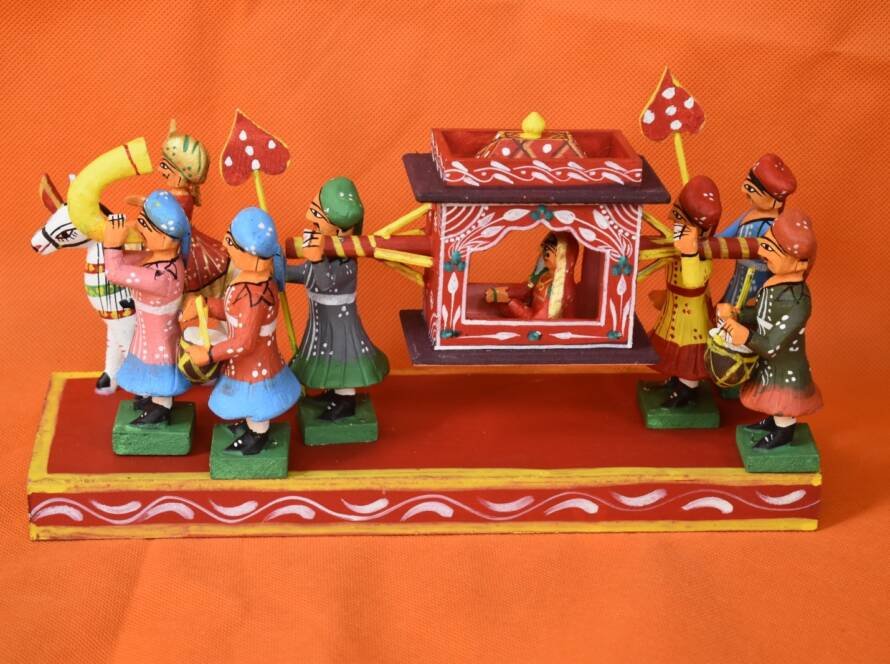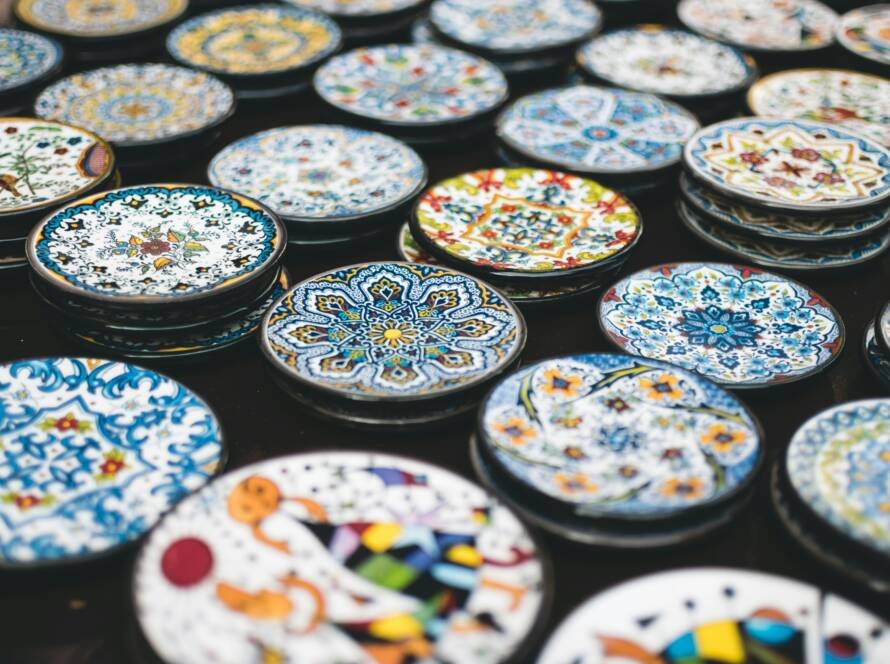Bastar Iron Craft: Forging Identity and Belief
In the deep heart of India, where forests hum with ancient songs and red earth warms the soles of barefooted lives, there burns a quiet fire—steady, rhythmic, alive. Around it, in a modest tribal forge nestled within the green folds of Bastar in Chhattisgarh, a blacksmith shapes not just metal, but meaning. His hammer rises and falls in sync with memory, myth, and the breath of the land.
This is Bastar Iron Craft, an art not merely practiced, but lived.
To the untrained eye, it may seem like sculpture. But in truth, it is much more—it is spirit in metal. Every chisel stroke, every bend of iron carries stories of gods and forests, of animals revered and ancestors remembered. In these rugged yet graceful forms, belief is not spoken. It is forged.
The Sacred Forge
The communities of Bastar—especially the Lohar and Gondi tribes—have long held iron in sacred regard. In their worldview, metal is not inert—it is animate, ancestral. The forge is not just a workspace but a shrine, where iron becomes a conduit between the material and the mystical.
Long before temples rose in stone and cities grew in steel, tribal blacksmiths of Bastar were already shaping their cosmos with fire and hand. They made tools, yes—but also icons, guardians, and totems. The “Dev Murtis”—small, stylized iron figures representing tribal deities—are not decorative. They are divine. They stand in village shrines, under sacred trees, beside homes, watching, listening, protecting.
It is believed that the spirit of the divine can reside in these iron forms—especially when crafted with purity of intent and ritual. Before the work begins, the blacksmith offers prayers. The fire is fed gently, the tools touched with reverence. The transformation of raw metal into sacred figure is not craft—it is ceremony.


Forms that Speak
Look closely at Bastar iron craft, and you’ll see a distinct language emerge. The figures are rarely smooth or overly polished. They are raw, expressive, minimal—yet rich in symbolism. A tribal goddess with arms outstretched. A tribal dancer caught mid-step. A tree of life, its branches curled like a chant in metal.
Each form tells a story. Not written in words, but in weight and texture. The elongated limbs, the prominent eyes, the rhythmic poses—they all echo a life lived close to nature, deeply spiritual, deeply communal.
Even everyday items—lamps, door handles, bells—are made with artistic flourishes, not to impress, but to infuse beauty into function. In Bastar, aesthetics is not luxury. It is a way of seeing the sacred in the ordinary.
Why It Still Matters
Today, in a world increasingly distanced from craft and community, Bastar ironwork feels like a heartbeat from another time—a reminder of a culture where every object had a soul, and every hand movement had purpose.
It tells us something we’ve forgotten: that art need not always be ornate or opulent to be meaningful. That belief can be simple, earthy, and direct. That identity can be forged—not just by words, but by hands that shape metal as a form of memory and homage.
As global interest in handmade, sustainable, and indigenous crafts grows, Bastar iron art is once again being seen—not as a curiosity, but as a legacy. A living expression of India’s tribal wisdom, resilience, and spirituality.
A Final Ember
There is a quiet dignity in Bastar iron craft—a kind of strength that doesn’t shout. It is strength shaped in the flicker of firelight, honed through generations, rooted in forest lore and the pulse of earth.
To hold a piece of Bastar iron is to hold a prayer made permanent. A belief you can touch. A story you can feel.
And maybe, just maybe, it reminds us—that what is forged with faith, never rusts.
It lives on. In hands. In hearths. In hearts.



